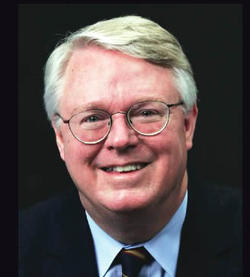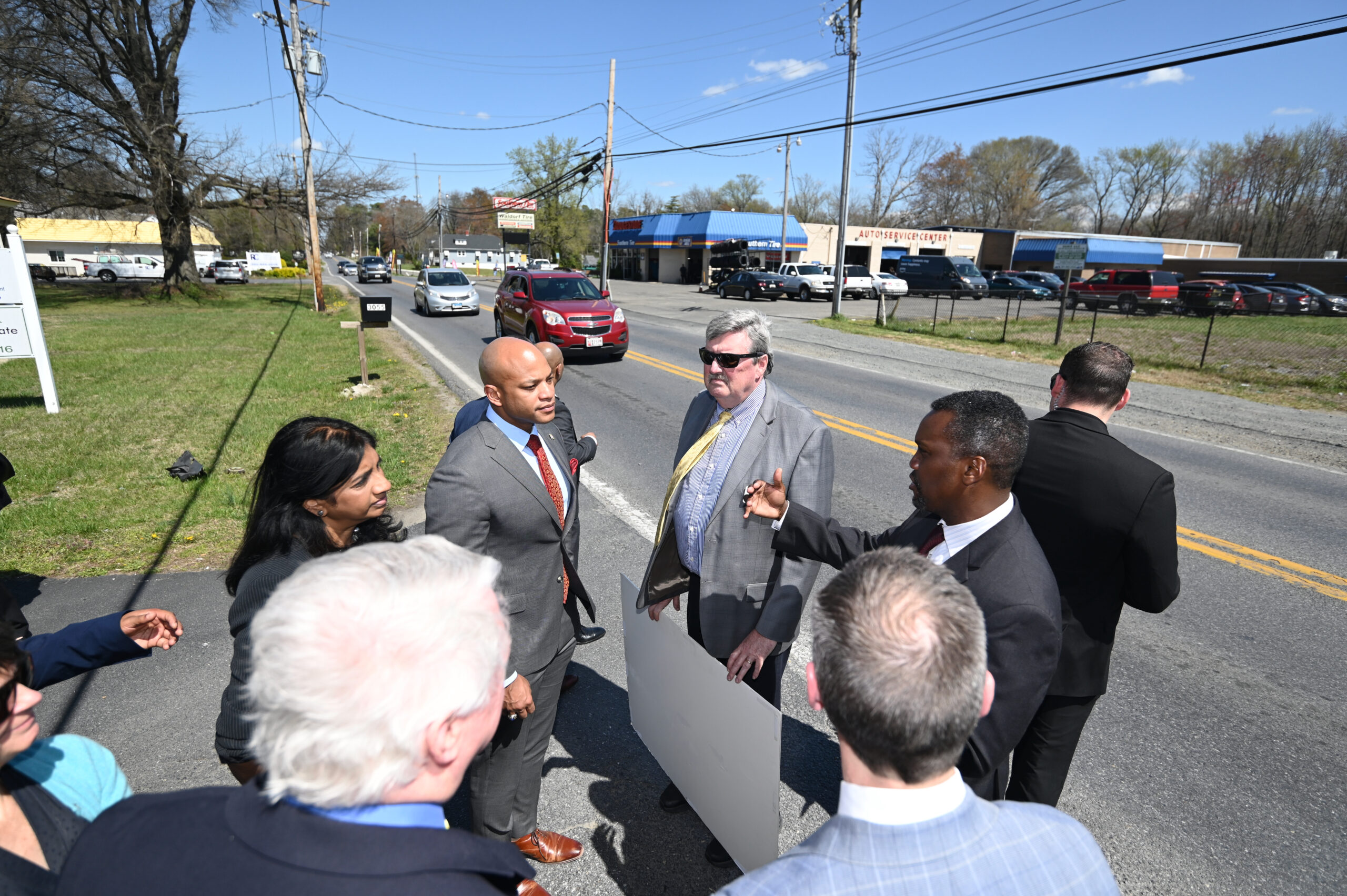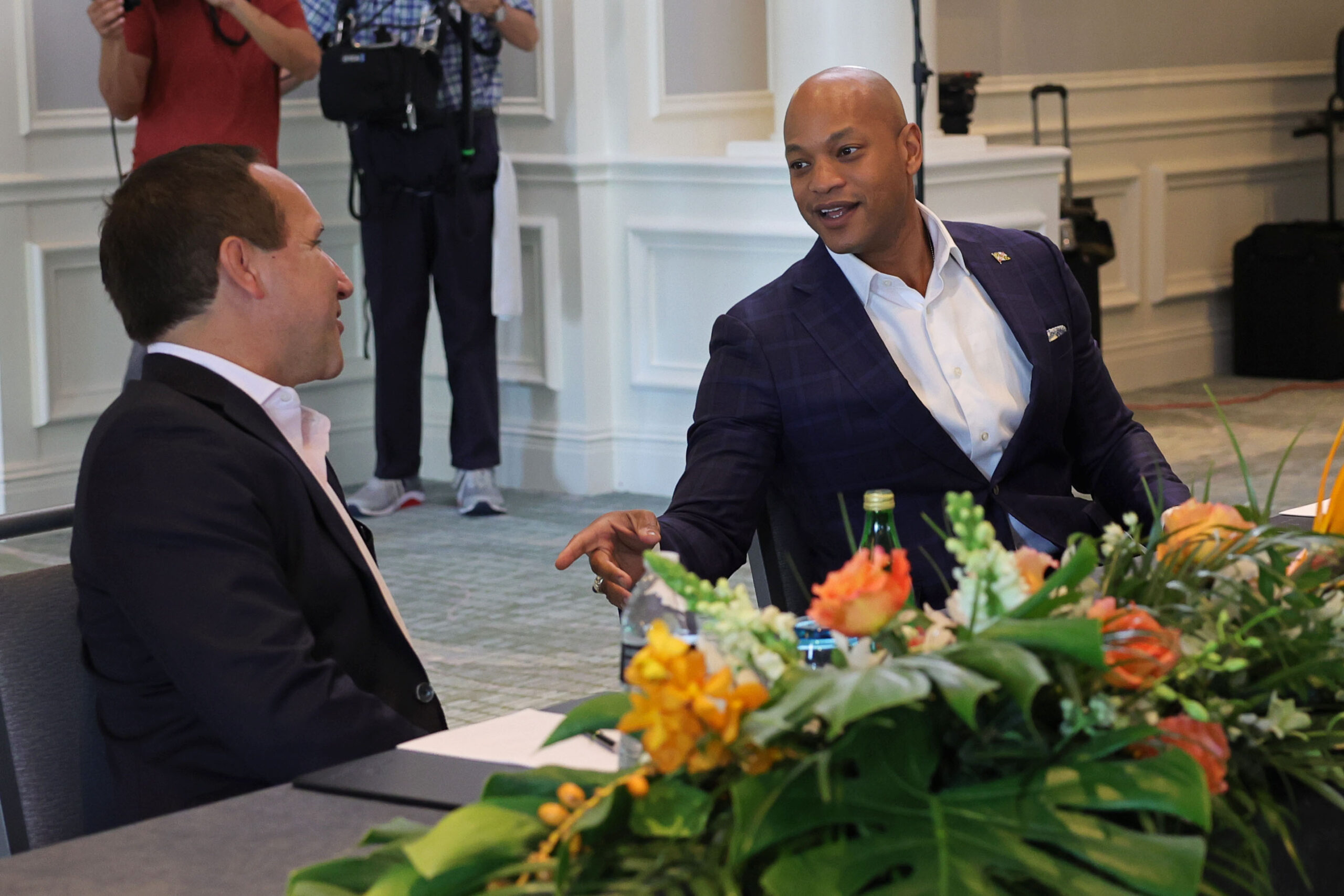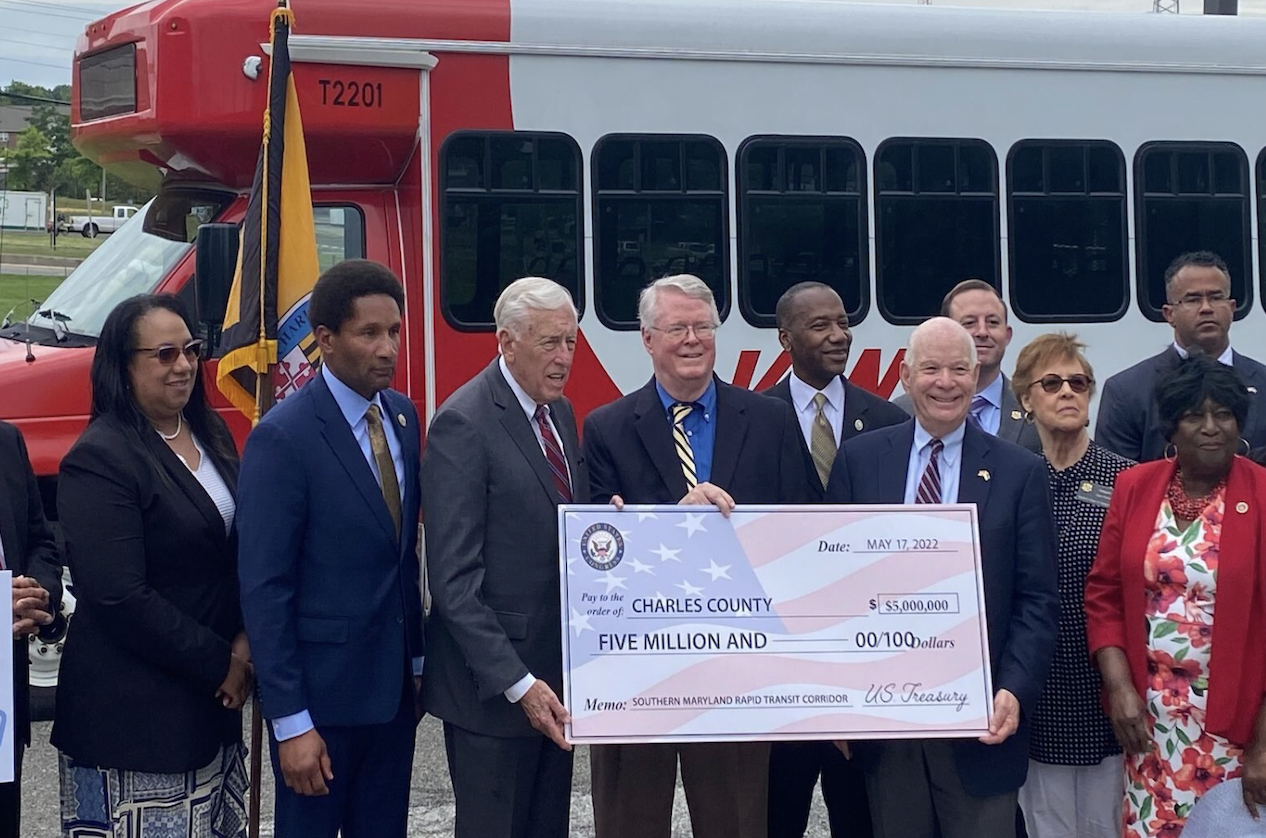Opinion: ‘Largest P3 Traffic Relief Project in the World’ Needs More Scrutiny, Not Less
As we head into the final month of the 2019 General Assembly, Gov. Larry Hogan and his Transportation Secretary Pete Rahn will be watching the clock, waiting for that magical stroke of midnight April 8 when the session ends, the legislature goes home, and they have a completely free hand to launch their massive scheme to build $23 billion in privatized toll lanes on the Capital Beltway, I-270 and the Baltimore-Washington Parkway, and a third Chesapeake Bay bridge.
The legislature’s moment of truth is at hand. For the second time in four years, after conceding defeat on the transportation scoring bill, the General Assembly has an opportunity — and a duty — to rein in the state’s secretary of Transportation. He has proven to be impervious to facts, reason and diplomacy. He distrusts the people of Maryland and their elected state and local representatives.
If Rahn emerges unscathed from the 2019 legislative session, he is prepared to plunge ahead with what the governor has called “the largest P3 [public-private partnership] traffic relief project in the world,” heedless of the risks and consequences.
The members of the House of Delegates and the state Senate have been handed a perfect instrument, House Bill 102 and its companion Senate Bill 442, designed to put these projects under the intense scrutiny and oversight they deserve — a simple 31-word bill extending to all Maryland counties and the city of Baltimore the same authority that the General Assembly granted to the nine Eastern Shore counties in 1978:
“A State agency, including the [Maryland Transportation] Authority, may not construct any toll road, toll highway or toll bridge without the express consent of a majority of the governments of the affected counties.”
The bill has been heard in both houses. Its strength is in its clarity and simplicity, backed up by advice from Maryland’s attorney general. Opponents claim the existing law is flawed but fail to produce a single instance of its failure in the past four decades — to prevent the construction of an unwanted state toll highway or bridge, or allow the state to build a new one that the counties thought was needed.
During the hearings, Republican legislators from the Eastern Shore, whose constituents could be in the path of a new bay bridge crossing, have perplexed many with comments that the existing statute is “very poorly written” or “flawed” or “a bad piece of legislation,” when it has protected the communities they represent for more than 40 years and empowered their counties to weigh in on new toll projects. The counties on the western shore need the same authority.
A vast shift of investment in the state’s transportation infrastructure is being set in motion by the current administration, from an interstate highway network freely accessible to all, regardless of income, to a toll-based scheme for financing new highway construction, incentivized by congestion on the free lanes.
The financial viability of this so-called “traffic relief program” depends on maintaining high levels of congestion and maximizing tolls. Even so, multinational corporations investing in Virginia’s privatized highways are losing money, begging the question whether investors in Maryland’s toll lanes would demand the protection of safety nets and bailout clauses backed by Maryland’s taxpayers.
The bottom line: The few who can afford the high tolls get relief. Everyone else continues to suffer in the slow lanes.
The governor’s traffic relief program was announced without debate, without evaluation of multi-modal alternatives or local and statewide impacts, and without meaningful consultation or collaboration with the elected representatives of the public and affected communities.
The question to be answered in the final weeks of the 2019 session is what are the members of the Maryland Senate and House of Delegates prepared to do now to protect their constituents and the state’s interests from the short and long-term consequences of these projects and ensure that they are thoroughly evaluated and viable alternatives considered, before final commitments are made and construction begins?

Gary V. Hodge
In the aftermath of the session there will be a reckoning for failure to act on this issue of vital importance for the future of our state.
The public may well ask what did lawmakers do when they and their colleagues in the General Assembly had in their hands the power to prevent a major policy blunder with lasting consequences. For lawmakers facing constituents back home, there will be no hiding behind the leadership. Or their fear of retaliation. Or administration promises and private assurances.
The question will be at the decisive moment did they take action to demand more scrutiny of the administration’s plans and more accountability before the state made irrevocable decades-long commitments? Or did they give the secretary a free hand to wreak havoc on Maryland’s transportation system, with lasting consequences for our state’s future economic competitiveness, depleting our capacity to invest in vital local and regional infrastructure priorities with proven effectiveness, and eroding our tradition of consultation and collaboration between the state and Maryland’s counties?
In this session, there’s only one bill that gets the job done — HB 102 and SB 442. It needs the support of every member of the General Assembly. It needs to be enacted without delay.
–Gary V. Hodge
The writer is president of Regional Policy Advisors, and a former Charles County commissioner, executive director and chairman of the Tri-County Council for Southern Maryland.




 Creative Commons Attribution
Creative Commons Attribution